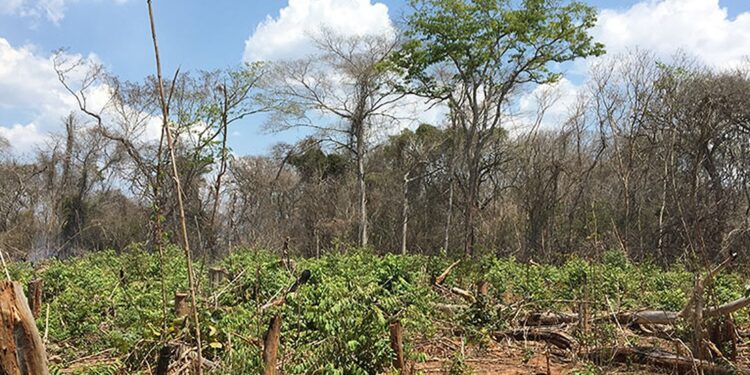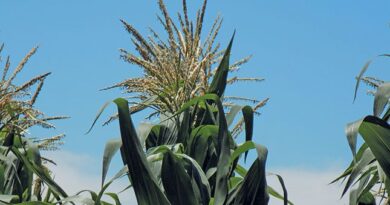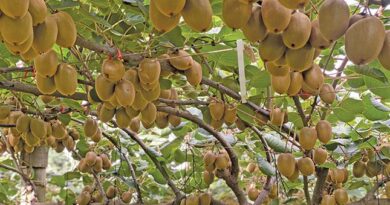Sowing the Seeds of Change: Developing Countries Embrace Climate-Smart Agriculture
The fight against climate change is no longer a distant rumble on the horizon; it’s a fierce storm demanding immediate action. Developing countries, often the most vulnerable to climate’s wrath, are leading the charge in agriculture, a sector both significantly impacted by and contributing to climate change. Their weapon of choice? Climate-smart agriculture (CSA).
The Paris Agreement, a landmark accord within the United Nations Framework Convention on Climate Change (UNFCCC), hinges on individual countries’ commitments, known as Nationally Determined Contributions (NDCs). Many developing nations are weaving CSA into the very fabric of their NDCs, recognizing its potential to be a game-changer.
“Climate-smart agriculture is a win-win,” says Dr. Agnes Mwakatuma, a climate change researcher from Zambia. “It helps us boost food production to feed our growing populations, while also making our farms more resilient to floods, droughts, and other extreme weather events that are becoming more common due to climate change.”
CSA isn’t a one-size-fits-all solution. It’s a toolbox overflowing with techniques – from using drought-resistant crops to employing water-saving irrigation systems – that can be adapted to local contexts.
“In Senegal, for instance, we’re promoting the use of nitrogen-fixing legumes,” explains Pierre Ndiaye, an agricultural extension officer. “These plants not only enrich the soil but also help reduce our reliance on chemical fertilizers, which are a major source of greenhouse gas emissions.”
The embrace of CSA by developing countries isn’t merely symbolic. It reflects a deep understanding that tackling climate change requires proactive measures, especially in agriculture, a sector that often gets sidelined in climate discussions.
However, challenges remain. Implementing CSA often requires significant investment in research, training, and infrastructure. Developed nations have a crucial role to play in bridging the financial gap, as highlighted by Dr. Mwakatuma: “Developed countries must fulfill their commitments to provide financial and technological support to developing countries. Without that, the true potential of CSA cannot be unlocked.”
Despite the hurdles, the growing inclusion of CSA in NDCs is a cause for cautious optimism. It signifies a shift towards a future where developing countries are not just victims of climate change, but active participants in crafting climate-resilient food systems. As Pierre Ndiaye aptly concludes, “By embracing CSA, we’re not just saving our farms, we’re securing the food security of future generations.”




